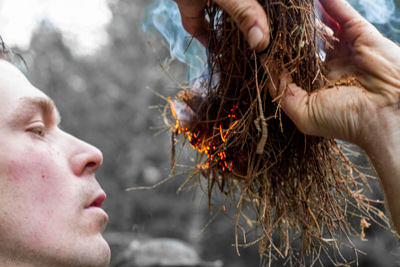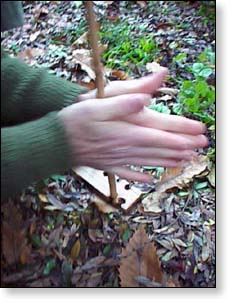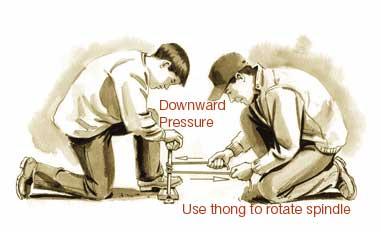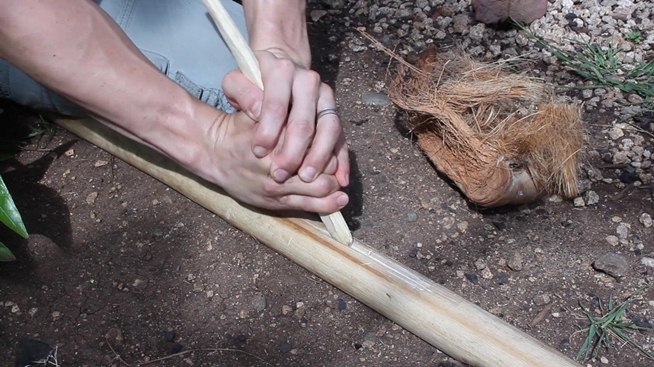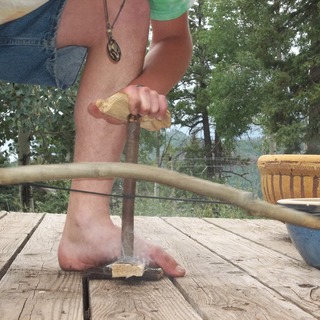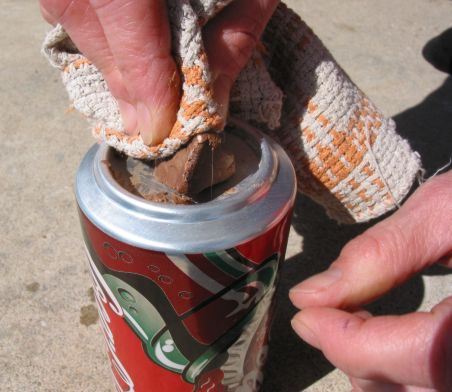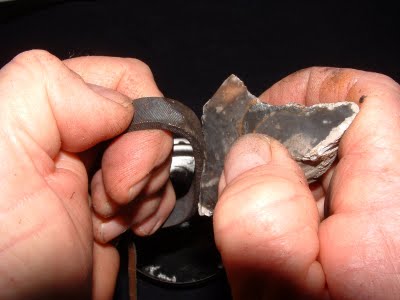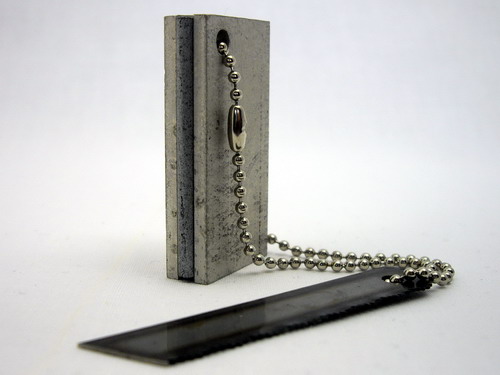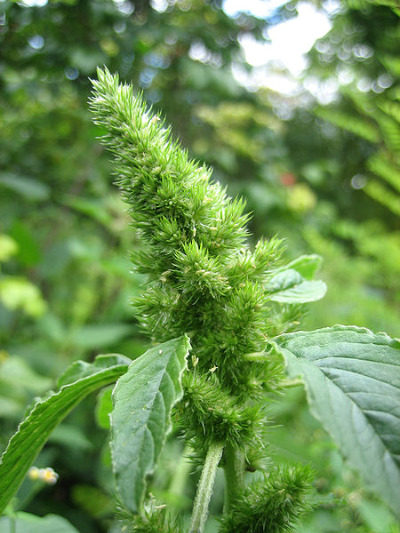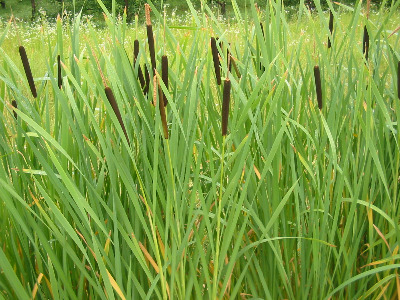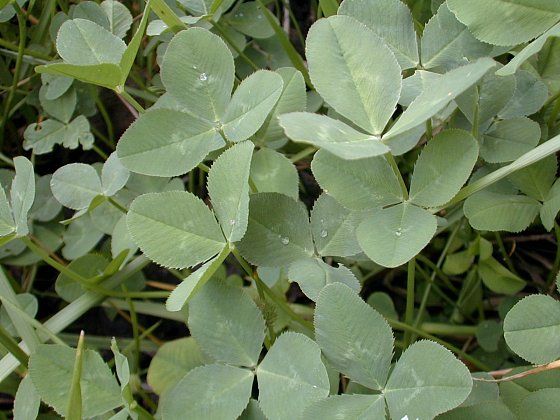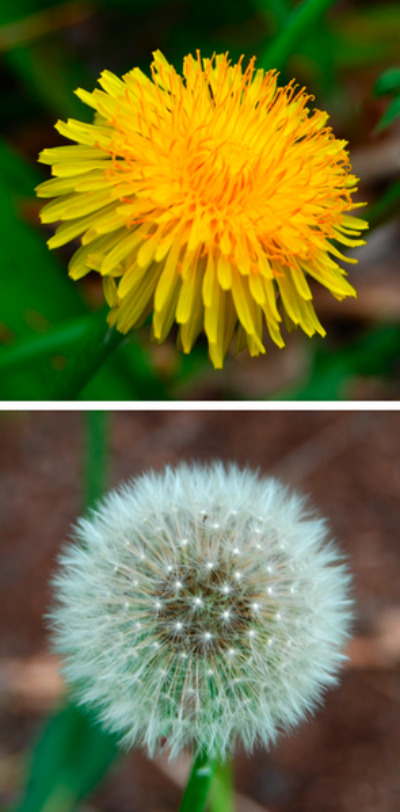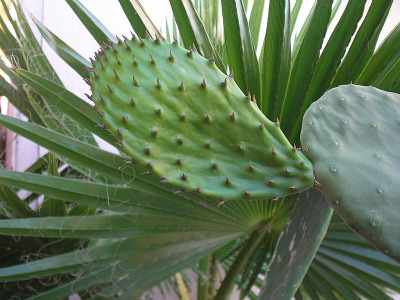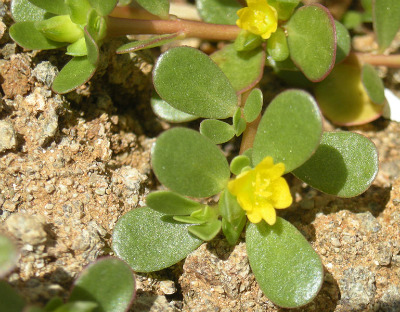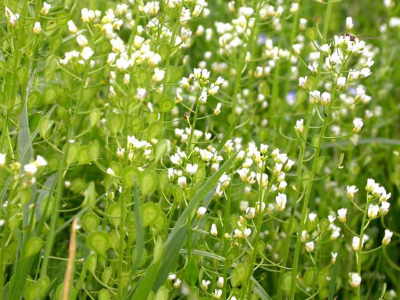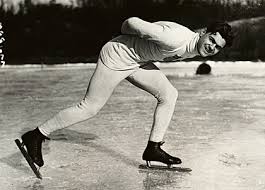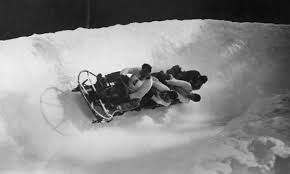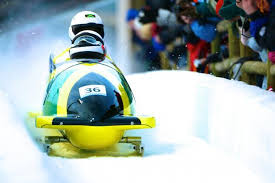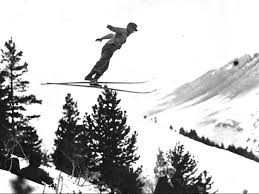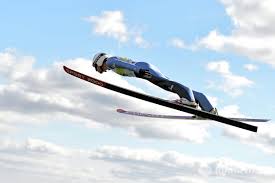2014 Winter Olympics
Here are some interesting facts!
-The early Olympic Games were celebrated as a religious festival from 776 B.C. until 393 A.D., when the games were banned for being a pagan festival (the Olympics celebrated the Greek god Zeus). In 1894, a French educator Baron Pierre de Coubertin, proposed a revival of the ancient tradition, and thus the modern-day Olympic Summer Games were born.
-Host Greece won the most medals (47) at the first Olympic Summer Games in 1896.
-The first Winter Olympic Games were held in Chamonix, France in 1924.
-Norway has won the most medals (263) at the Winter Games.
-The United States has won more medals (2,189) at the Summer Games than any other country.
-The five Olympic rings represent the five major regions of the world – Africa, the Americas, Asia, Europe and Oceana, and every national flag in the world includes one of the five colors, which are (from left to right) blue, yellow, black, green, and red.
-Up until 1994 the Olympics were held every four years. Since then, the Winter and Summer games have alternated every two years.
-The first Olympics covered by U.S. television was the 1960 Summer Games in Rome by CBS.
-No country in the Southern Hemisphere has ever hosted a Winter Games.
-Three continents – Africa, South America, and Antarctica – have never hosted an Olympics.
-A record 202 countries participated in the 2004 Olympic Summer Games in Athens.
-Only four athletes have ever won medals at both the Winter and Summer Olympic Games: Eddie Eagan (United States), Jacob Tullin Thams (Norway), Christa Luding-Rothenburger (East Germany), and Clara Hughes (Canada).
-Speed skater Bonnie Blair has won six medals at the Olympic Winter Games. That's more than any other American athlete.
-Nobody has won more medals at the Winter Games than cross-country skier Bjorn Dählie of Norway, who has 12.
-Larrisa Latynina, a gymnast from the former Soviet Union, finished her Summer Olympic Games career with 18 total medals—the most in history.
-The United States Olympic Committee established the U.S. Olympic Hall of Fame in 1983 to recognize outstanding American Olympic athletes, however, a plan to build a hall has been suspended due to lack of funding.
-The Summer Olympic sports are archery, badminton, basketball, beach volleyball, boxing, canoe / kayak, cycling, diving, equestrian, fencing, field hockey, gymnastics, handball, judo, modern pentathlon (shooting, fencing, swimming, show jumping, and running), mountain biking, rowing, sailing, shooting, soccer, swimming, synchronized swimming, table tennis, taekwondo, tennis, track and field, triathlon (swimming, biking, running), volleyball, water polo, weightlifting, and wrestling.
-The Winter Olympic sports are alpine skiing, biathlon (cross-country skiing and target shooting), bobsled, cross-country skiing, curling, figure skating, freestyle skiing, ice hocky, luge, Nordic combined (ski jumping and cross-country skiing), skeleton, ski jumping, snowboarding, and speed skating.
Chamonix, France in 1924. Sochi, Russia 2014
